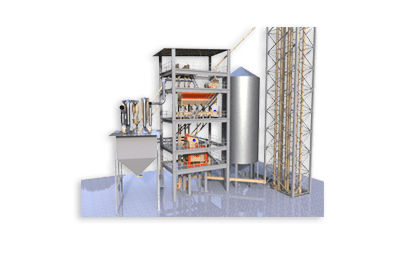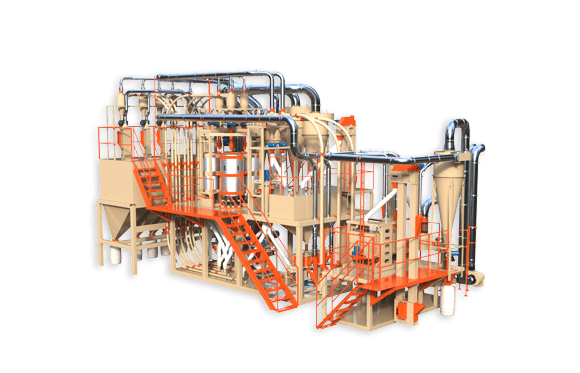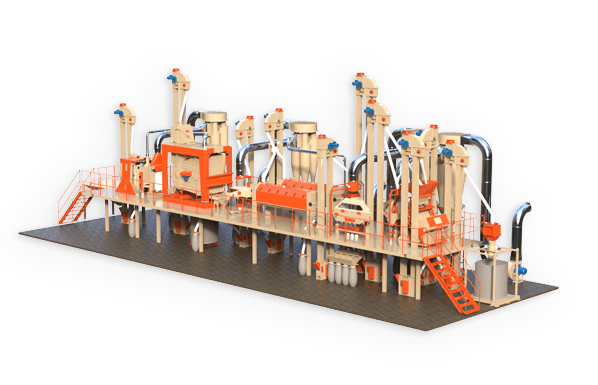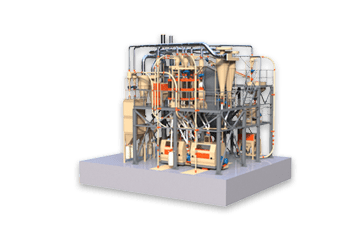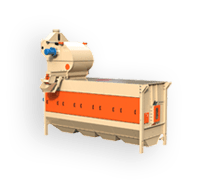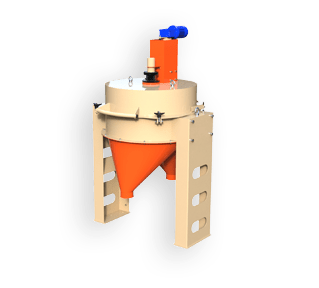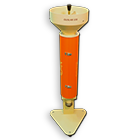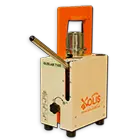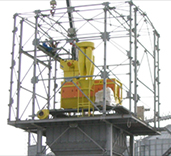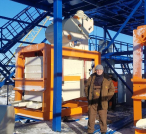Vereshchynsky A.P. general Director of Ltd “OLIS”, candidate of technical sciences
“Grain storage and processing” – № 11 (125), 2009
As you know, peeling (debraning) is an effective technique in the preparation of wheat for quality grinding. Using the process of scaling can significantly reduce the ash content of grain, reduce the content of trash, and create favorable conditions for air conditioning. Increasing the total yield of flour from flour of high grades is a natural result of the preparation of grain for milling with the use of peeling.
It is now widely used reporting method finds in mills of small and medium capacity (up to 100 tons per day.). These mills are usually created by the reduced schemes, providing they are not the high cost of development and operation. However, these advantages are provided by using a very limited fleet. Therefore, the application of scaling to these mills, very often, is the only possible and economically justified measure to ensure the efficiency of grinding.
Mills of high capacity created by the developed schemes are equipped with much better. However, they are much more expensive and require higher maintenance costs. For this reason the current world trend towards windmills, even a very large productivity tend toward reduction schemes and existing – often require reconstruction. Thus, the peeling of grain in preparation for grinding properly considered as a way to improve grinding, both existing and newly established mills on a great performance.
However, the practical realization of the peeling operation is limited to the desirability of marginal productivity of one peeler, which is due to the nature of the process. In our opinion, the creation of debraners capacity of more than 1,5-2,0 t / h was not feasible because entails insurmountable problems of reliability. Thus, the organization handling the grain flow capacity of 10 – 20 or more tons per hour in the modes of peeling is very challenging. Therefore, for the use of peeling on the mills of high capacity is necessary to seek other ways of training, except as peeling of the grain fed to grinding.
As you know, different in size fractions of wheat flour milling significantly different characteristics. Since the ash content of finer grain size is significantly higher ash content of the initial grain due to higher specific content of the shells. More fine grain typical of the lower nature and weight of 1000 grains. In addition, most of the trash in their sizes correspond to more fine grain and sifting are allocated to a specified fraction. However, the fine grain of wheat is characterized by high baking properties. This grain contains more gluten than is contained in the original party, and its quality corresponds to the level in the original grain. It is obvious that selective exfoliation, which removed to expose more fine grain, should be the desired solution in the application of peeling at the mills of high capacity.
In order to study the basic laws of the electoral peeling, we performed the following series of experiments. From different samples pre-conditioned seeds were isolated fraction of smaller grains of 10 – 20% of its original mass. Selection of grains were treated with different scaling factor, which is numerically calculated as a percentage as the ratio of the separated mass to the original. A large part of the grain of any treatment is not subjected to. After the shelling, separated earlier part of the mix. In the experiments, was determined ash content in the products and their trash. For example, in Tables 1 and 2 present data obtained by processing the samples of wheat, emitting 15% of grain pass sieve 2.6 x20.
Table 1.
| Coefficient of peeling, % |
Ash content Source sample % |
Ash content passage 2.6 x20, % |
Ash content passage of 2.6 x20 After peeling, % |
Ash content sample after peeling passage of 2.6 x20, % |
Reduction of ash content sample after Peeling passage of 2.6 x20, % |
| 4,0 | 1,51 | 1,61 | 1,48 | 1,49 | 0,02 |
| 8,0 | 1,51 | 1,61 | 1,32 | 1,46 | 0,05 |
| 12,0 | 1,51 | 1,61 | 1,23 | 1,45 | 0,06 |
Table 2.
| Coefficient of peeling, % |
Contents trash in the original sample % |
Contents weed impurity in the aisle 2.6 x20, % |
Contents weed impurity in the aisle 2.6 x20 after peeling, % |
Contents weed impurity in the sample after Peeling passage 2.6 x20, % |
Reduction content weed impurity in the sample, % |
| 4,0 | 0,76 | 3,9 | 2,17 | 0,56 | 0,20 |
| 8,0 | 0,76 | 3,9 | 0,13 | 0,20 | 0,56 |
| 12,0 | 0,76 | 3,9 | 0,09 | 0,19 | 0,57 |
The cycle of our experiments showed that the effectiveness of selective scaling to reduce the ash content of grain and content in the trash is comparable to the overall efficiency of the entire grain-cleaning equipment is well-equipped mill! Thus, the use of selective peeling allows us not only guaranteed to improve the preparation of grain for milling, but also simplify the scheme of such training, excluding machinery and manufacturing operations of doubtful effectiveness.
For practical application of selective scaling in mills 250t/sut. with reproducible equipment we improved template preparation of grain (Fig. 1). Fractionation of grain offered to carry out with the use of machine type “Burat” – separator SBV-25, in which the sifting of grain is carried in a rotating drum sieve with an inclined axis. The choice of this type of machine due to the high efficiency of screening on sieves with “slotted” holes, and the absence of dynamic effects at work. Flaking grain is carried out in debraner Cascade -1.6, which can handle fine grain moisture content up to 17% of up to 20% of the total flow. This machine is adapted to the mill process control and can work completely automatically.


